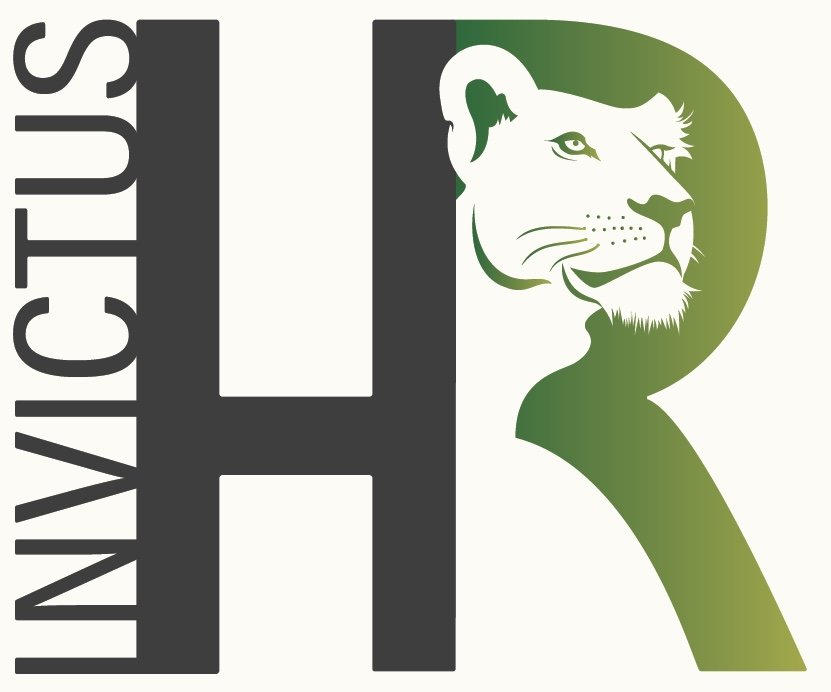How AI can be used as a practical tool in HR
The rise of artificial intelligence or ‘AI’ has led to it uses across most industry sectors.
Understanding how AI can be used as a practical tool in HR could save time for your team when it comes to various time-consuming tasks. In this months blog, we look at the pros and cons of using AI for human resources, along with the importance of having an AI policy.
What is Generative AI?
The most well-known example of Generative AI is ChatGPT. Developed by OpenAI, this is a natural language processing model that generates human-like text based on input known as ‘prompts’. Many companies are increasingly incorporating ChatGPT engines into their IT infrastructure.
There are also an increasing number of AI tools designed specifically for HR that can provide support in various ways. Zavvy AI and Effy AI are two examples of platforms that can help HR teams both onboard and performance manage employees. Attract.ai and Paradox.ai are useful AI platforms for recruitment and talent sourcing.
What do you need to consider when using AI?
Using AI as a practical tool in HR can save time and resources, but the outputs must always be carefully checked. One of the dangers of AI is becoming overly reliant on its use; it is a tool and not the be all and end all.
Without human supervision, AI could result in various costly risks. The AI-generated job description, for example, doesn’t quite match up to an advertised role. There are also concerns about using AI to select candidates, as various biases can creep into the AI selection process. In some instances, AI short-listing factors have been deemed as discriminatory.
Another risk is the data produced by AI research. They have been cases where AI makes things up. Known as ‘hallucinations’, the AI generates the nearest plausible explanation for the prompt it has been given. But in fact, the output is inaccurate or incorrect, which could create issues for board reports and other papers.
If you are using or thinking of using AI within your workplace, we recommend having an AI policy in place.
This policy needs to cover the permitted and nonpermitted use for Generative AI tasks. From a HR perspective, for example, you could restrict the modification of any recruitment-related content.
Other examples might include your company permitting AI use for document drafting, research assistance, and the brainstorming of ideas. However, your organisation might decide to not permit the use of AI for certain types of communications and reports. Although you might allow draft responses to emails and contributory research for a report.
It’s worth noting that nothing can replace human contact when dealing with a sensitive employee matter. Always remember that AI is only a tool; it’s through human relationships that enable employees to feel valued and heard.
At Invictus HR, we can draft AI policies for your HR teams so they can advise your employees of permitted uses.
Helpful links
